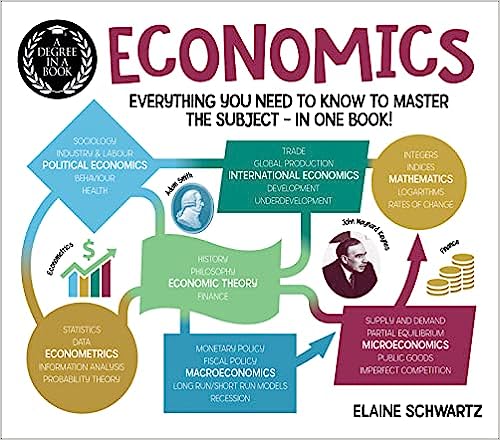Contracting because of online competition, Gillette’s dominance of the men’s shaving product market shows the creative destruction that e-commerce creates.
Weekly Roundup: From Apple’s Chimes to Boston’s Olympics
Our everyday economics includes innovation, incentives, environment, regulation, gender,monopolistic competition, oligopoly ,intellectual property and cost,
Weekly Roundup: From Slicing Bread to Saving Honeybees
Our everyday economics includes behavioral economics, commitment devices, environment, supply, regulation, free trade, gender issues and the minimum wage.
What Bread Says About Women
Through the industrialization of just one slice of bread, we can see the history of the U.S. economy since the beginning of the 20th century.
Weekly Roundup: From Shopping More to Driving Less
Our everyday economics includes tradeoffs, debt ceiling, fiscal policy, GDP, productivity, entitlements, regulation, autonomous vehicles, and innovation.
How the Driverless Car is About More Than Driving
Related to customization, sharing, software dominance, job losses, and ripples of disrupting the status quo, the driverless car is an innovation prototype.
Why We Want New iPhones
A competitive strategy, planned obsolescence is controversial. It can spur innovation and growth or represent corporate waste and consumer manipulation.
Weekly Roundup: From Buying Mail Trucks to Selling Beanie Babies
Our Posts Roundup Sunday 3.08.15 What we don’t know about Daylight Saving…more Monday 3.09.15 Why Apple is like the old AT&T…more Tuesday 3.10.15 What we can learn from a mail truck…more Wednesday 3.11.15 How to find out the real jobs numbers…more Thursday 3.12.15…
Surprising Messages From a Mail Truck
The U.S Postal Service is a productivity dilemma because it provides necessary services but, shown by its trucks, is not as efficient as the private sector.

















